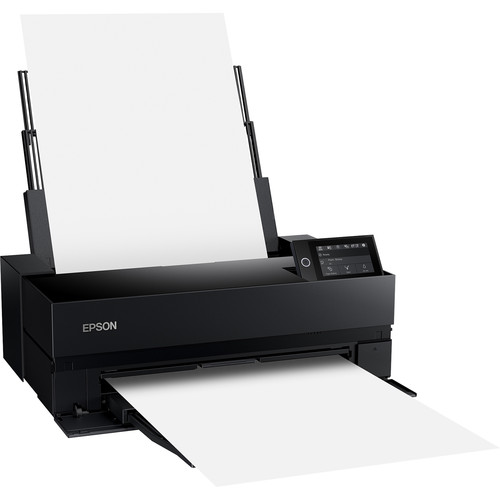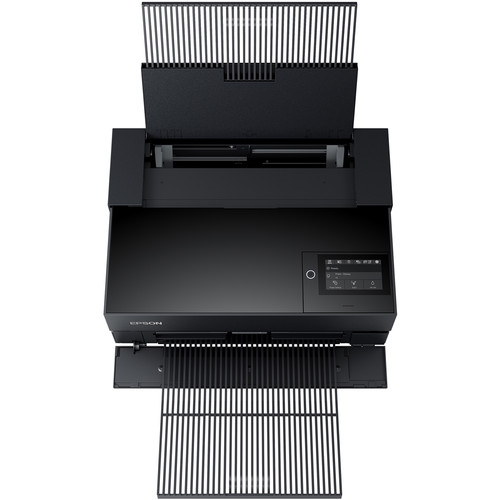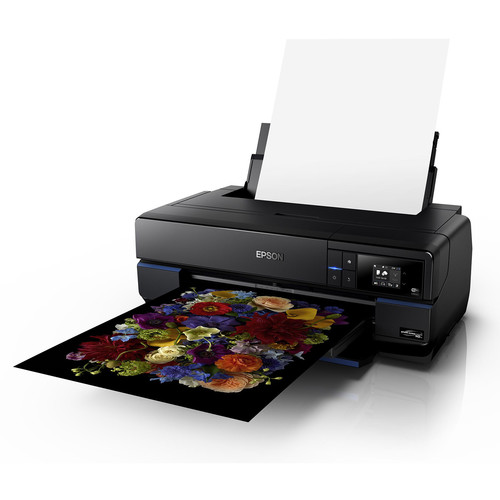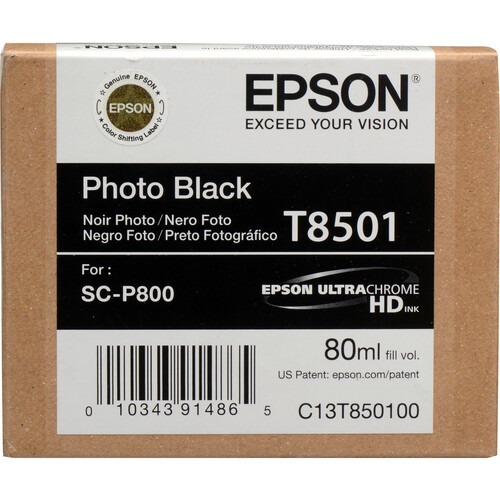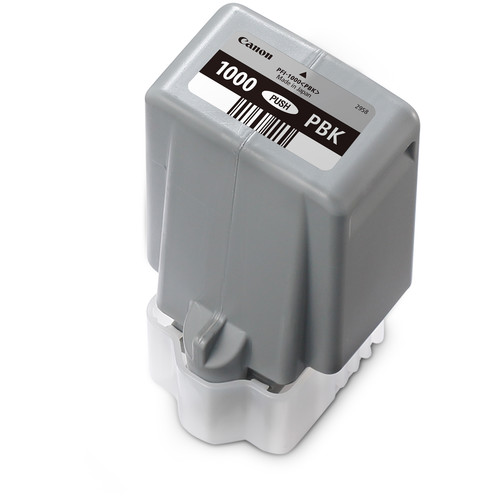While we all endure being locked up at home for the apocalypse, it seems hell has frozen over as Epson is FINALLY catching up with Canon to release two new SureColor printers that don’t require black ink switching!!!!
Yes, you read that right – the new SureColor P700 and P900 printers feature a new 10-channel MicroPiezo AMC printhead with dedicated channels for both Photo and Matte Black ink types so no ink switching necessary – hallelujah! This was something previously only the the 24-inch P7570 and 44-inch P9570 enjoyed, so I’m glad it has made its way down to these stalwarts.
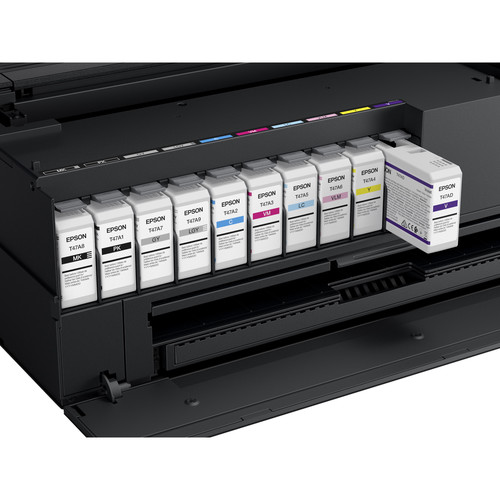
Introducing the new Violet ink too
Both printers feature new UltraChrome PRO10 pigment ink with Violet to deliver an extremely wide color gamut, support Advanced Black and White Mode, and offer a new “Carbon Black” printing mode to dramatically increase Dmax for best-in-class black density on glossy papers. I can’t wait to try out this new Carbon Black feature!!!
For those familiar with how the P5000 offered Violet, this is better because it’s not an either or thing – you actually get both a dedicated line for matte black and violet so its the best of all worlds! I’ve heard great things about the violet ink, but I made the choice with my P5000 to go with the Standard Edition (Light Light Black) instead of the Commercial Edition (Violet) so this is wonderful news!
I’ve also noticed that LLK seems to be replaced with a renamed Gray so I suspect that is part of the formula that makes the new Carbon Black feature possible. The P900 cartridges shown above appear to be the same design and capacity, but this is a new ink set so I’d plan on having to sell your existing inks with your outgoing printer.
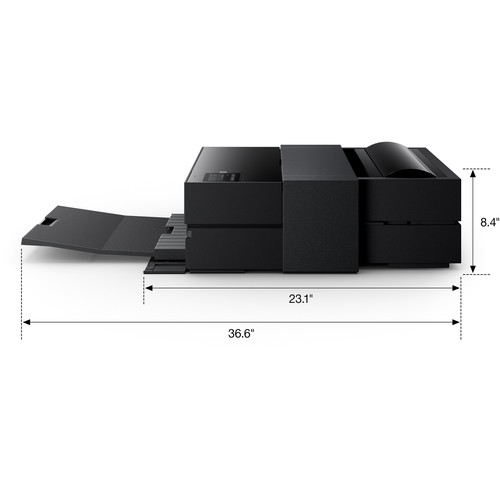
Compact P900 design — 30 percent smaller than the previous generation
P700 vs P900 (and their predecessors)
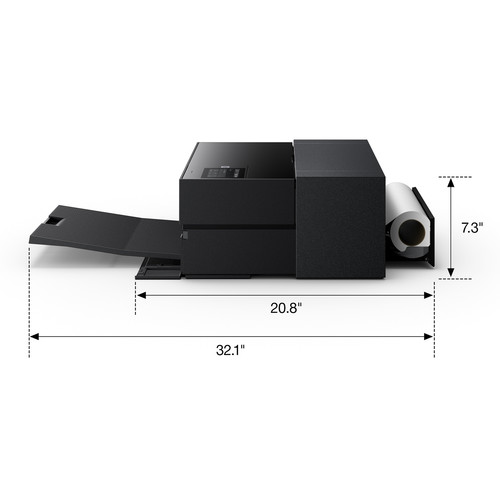
EPSON SureColor P700 with a new design for its built-in roll support
From that I know so far, the P700 has roll support in the same basic way that the P600 did but the P900 is just like P800 in that it requires a more substantial roll media adapter – however, I have no info yet if the P800 adapter will work on the P900 (let’s hope).
Both models appear to have a new waffle pattern for the paper trays which should result in both a weight savings and limit the surface area for dust build up (P700 shown)
Press Release
Epson Reinforces Commitment to Changing Needs of
Creative Professionals with New Photography Desktop Printers
13-inch SureColor P700 and 17-inch SureColor P900 Incorporate Breakthrough Advancements from Large Format Printers to Produce the Highest Quality Prints for the Desktop
LONG BEACH, Calif. – April 21, 2020 – Epson, an industry leader in the photography market, today announced a breakthrough in professional printing technology with the introduction of the 13-inch SureColor® P700 and 17-inch SureColor P900 desktop photo printers. Replacing the award-winning SureColor P600 and SureColor P800, these new printers draw from over 20 years of experience to incorporate the same large format printing technology used by the world’s leading photographers into a sleek, compact design, allowing for the creation of exhibition quality prints from the convenience of the desktop.
“Fifteen years ago, Epson stunned the industry with the Stylus Pro 3800 that provided unprecedented creative control for photographers, allowing them to print up to 17-inches wide without a darkroom,” said Reed Hecht, senior product manager, Professional Imaging, Epson America. “With the introduction of the SureColor P700 and SureColor P900, a new generation of photographers will experience another breakthrough in printing technology – truly redefining not only the photographic print but also the printing workflow.”
The new SureColor P700 and SureColor P900 are the smallest professional 13 and 17-inch printers in their class, with a 30 percent size reduction from Epson’s previous generation printers, and are designed for use in photography, graphic design, fine art, and illustration. The printers tout a new 10-channel MicroPiezo® AMCTM printhead to increase productivity, with dedicated channels for both Photo and Matte Black ink types – no ink switching necessary.
Featuring new UltraChrome® PRO10 pigment ink* with Violet, the SureColor P700 and
SureColor P900 deliver an extremely wide color gamut and support Advanced Black and White Mode to create unparalleled, professional black and white photographs.
According to Henry Wilhelm, director of research at Wilhelm Imaging Research, the world’s leading independent print permanence testing laboratory, Epson’s new printers and inks are currently undergoing comprehensive ten-factor testing with a range of papers and canvas, with both color prints and B&W prints made using Epson’s Advanced Black and White Mode. “Preliminary data for the Epson 10-color UltraChrome PRO10 pigment inks in the new SureColor P700 and SureColor P900 create stunning museum quality prints with WIR Display Permanence ratings that we believe will equal the ratings achieved by the current UltraChrome PRO12 inks of up to 200 years for color prints and up to 400 years for B&W prints.1 Prints framed with UV-absorbing acrylic – and those displayed under LED illumination – will achieve significantly higher ratings.”
For the first time, users can easily print directly from iOS® devices2 to the SureColor P700 and SureColor P900 in a color managed workflow. Using an updated mobile version of Epson Print Layout software, full support and color management tools are provided for iPhone and iPad printing. These printers also feature a new print driver mode – Carbon Black – which dramatically increases Dmax by up to 11 percent, for best-in-class black density and reduced bronzing and gloss differential on glossy papers.
The SureColor P700 can accommodate both roll and cut sheet media, and the SureColor P900 accommodates cut sheet media and an optional fully enclosed roll media adapter supports both 2-inch and 3-inch rolls and roll printing up to 10 feet long. Additional features include a 4.3-inch customizable touchscreen, upgraded wireless connectivity including 5GHz and an interior LED light to watch the progress of a print.
More About the SureColor P700 and SureColor P900 Desktop Photo Printers
Designed to help photographers reproduce every detail of their creative vision, the new SureColor P700 and SureColor P900 incorporate a range of features to produce exhibition quality prints from the convenience of a desktop:
Outstanding image quality and color — All-new UltraChrome PRO10 Ink with Violet produces a wide color gamut for vibrant and rich colors
No Photo and Matte Black ink switching — Dedicated channels for both black ink types – no switching needed
New 10-channel MicroPiezo AMC printhead — Consistently delivers prints with outstanding speed, consistency and accuracy; supports variable size droplet technology as small as 1.5-picoliters for remarkable output quality
Easy printing from smart devices — Print color-managed files directly from an iOS device2 with an easy-to-use interface
New Carbon Black Driver technology — All-new Carbon Black Driver mode dramatically increases Dmax for best-in-class black density on glossy papers
Professional media handling — Accommodates rolls3 and sheet media up to 1.5 mm thick of Epson Professional, Signature Worthy® and Legacy papers as well as third-party media
Easy to use — Features 4.3-inch customizable touchscreen, wireless connectivity and interior LED light
Compact design — 30 percent smaller than the previous generation
Industry-leading print permanence — UltraChrome PRO10 ink is expected to create prints that last up to 200 years for color and 400 years for black-and-white1
Pricing, Support and Availability
The SureColor P700 ($799 MSRP) and SureColor P900 ($1,295 MSRP) will be available through Epson Authorized Resellers starting in May. The printers offer a standard Epson Preferred Limited Warranty, a one-year program that includes toll-free advanced telephone access Monday through Friday and usually next business-day on-site service in the unlikely event of any hardware failure. For additional information, visit www.proimaging.epson.com.
About Epson
Epson is a global technology leader dedicated to becoming indispensable to society by connecting people, things and information with its original efficient, compact and precision technologies. The company is focused on driving innovations and exceeding customer expectations in inkjet, visual communications, wearables and robotics, and is underpinned by original microdevices. Epson is proud of its contributions to realizing a sustainable society and its ongoing efforts to realizing the United Nations’ Sustainable Development Goals.
Led by the Japan-based Seiko Epson Corporation, the worldwide Epson Group generates annual sales of more than U.S. $10 billion.
Epson America, Inc., based in Long Beach, Calif., is Epson’s regional headquarters for the U.S., Canada, and Latin America. To learn more about Epson, please visit: epson.com. You may also connect with Epson America on Facebook (facebook.com/Epson), Twitter (twitter.com/EpsonAmerica), YouTube (youtube.com/EpsonAmerica), and Instagram (instagram.com/EpsonAmerica).
# # #
* This product uses only genuine Epson-brand cartridges. Other brands of ink cartridges and ink supplies are not compatible and, even if described as compatible, may not function properly or at all.
1 Print Permanence in testing. Ink lightfastness rating based on accelerated testing of prints on specialty media, displayed indoors, under glass. Actual print stability will vary according to media, printed image, display conditions, light intensity, humidity and atmospheric conditions. Epson does not guarantee longevity of prints. For maximum print life, display all prints under glass or lamination or properly store them. Visit www.wilhelm- research.com for the latest information.
2 Most features require an Internet connection to the printer, as well as an Internet- and/or email-enabled device. For a list of Epson Connect enabled printers and compatible devices and apps, visit www.epson.com/connect
3 Roll media handling is standard on SureColor P700; optional on SureColor P900
EPSON, MicroPiezo, Signature Worthy, SureColor and UltraChrome are registered trademarks, EPSON Exceed Your Vision is a registered logomark Seiko Epson Corporation. AMC is a trademark of Epson America, Inc. Epson Preferred is a registered servicemark of Epson America, Inc. iPad and iPhone are trademarks of Apple Inc., registered in the U.S. and other countries. All other product and brand names are trademarks and/or registered trademarks of their respective companies. Epson disclaims any and all rights in these marks. Copyright 2020 Epson America, Inc.
Conclusion
I’m very excited about the addition of violet and the end of black ink switching. Hopefully I’ll get a chance to review one as my P800 and P5000 have been great additions to my studio. These improvements are definitely worth the upgrade. My P800 has been getting a workout in my office lately during the lockdown and P600 impressed me way more than I ever expected, so It will be fun to see how the new models perform.
Where to Buy?
CLICK HERE to learn more and get on the waiting list to buy once they become available in June 2020.
Other articles you may enjoy
If you enjoyed this article, you may also enjoy these:
- Printing Series
- Epson SureColor P600 Printer Review
- Epson SureColor P800 Review
- Epson SureColor P5000 Preview
- Epson Perfection V850 Pro Scanner
- How To: Using Epson’s Advanced B&W Photo (ABW) printing feature
- REVIEW: Epson Metallic Photo Paper Glossy & Luster
- Epson Legacy Papers Reviews & Video Tutorials with individual articles on Baryta, Etching, Platine and Fibre
Enjoy these and more on the Reviews tab as well as Ron's Recommendations.
Disclosure
If you make a purchase using links found in this article, I may make a commission. It doesn’t cost you a penny more, but it does help to support future articles like this.

